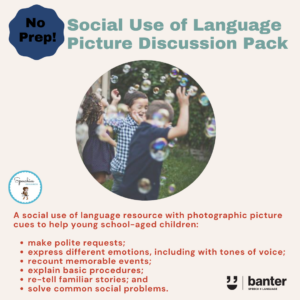(L423) Social Use of Language Picture Discussion Pack
$5.99 including GST
This simple 15-page no-prep resource is designed to help students learn more about some basic social uses of language, and to practice expressing themselves socially in several different ways in familiar contexts, including:
- making polite requests;
- expressing different emotions, including with tones of voice;
- recounting memorable events (e.g. celebrations);
- explaining basic procedures (e.g how to pack a school bag, and play sports and games);
- re-telling familiar stories (e.g. fairy tales); and
- solving common social problems (e.g. needing to go to the bathroom during class).
This resource is not intended to prescribe “correct” or “expected” behaviours, but instead to give students the opportunity to learn about different social uses of language from adults and peers and to express their thoughts and feelings using words.
Suitable for face-to-face and distance learning.
Description
We know that a student’s capacities at school entry are predictive of academic outcomes (e.g. Snow, 2006); and that early success at school is a strong indicator of ongoing and future success (e.g. Prior et al., 1993).
In the best of worlds, teachers expect young school-aged students to possess:
- intellectual and language abilities, e.g. concentration, attention, understanding spoken language and talking, and pre-literacy skills like a knowledge of sounds and letters (later-developing phonological awareness skills); and
- social skills, e.g. abilities to interact effectively with peers and teachers, to behave in class, and to persist in tasks.
For many different reasons, some students start school without the social skills to thrive.
This simple 15-page no-prep resource is designed to help students learn more about some basic social uses of language, and to practice expressing themselves socially in several different ways in familiar contexts, including:
- making polite requests;
- expressing different emotions, including with tones of voice;
- recounting memorable events (e.g. celebrations);
- explaining basic procedures (e.g how to pack a school bag, and play sports and games);
- re-telling familiar stories (e.g. fairy tales); and
- solving common social problems (e.g. needing to go to the bathroom during class).
This resource is not intended to prescribe “correct” or “expected” behaviours, but instead to give students the opportunity to learn about different social uses of language from adults and peers and to express their thoughts and feelings using words.
Although focused primarily on the social use of language, this resource is designed to support the development of language. It can also be used to generalise or transfer speech fluency (stuttering) and speech sound and articulation gains at the sentence level.
For more advanced students, the pictures can also be used to practice making inferences and predictions, for verbal reasoning tasks (e.g. cause/effect, sequencing, and problem solving), and as prompts for story-writing.
Suitable for face-to-face and distance learning.

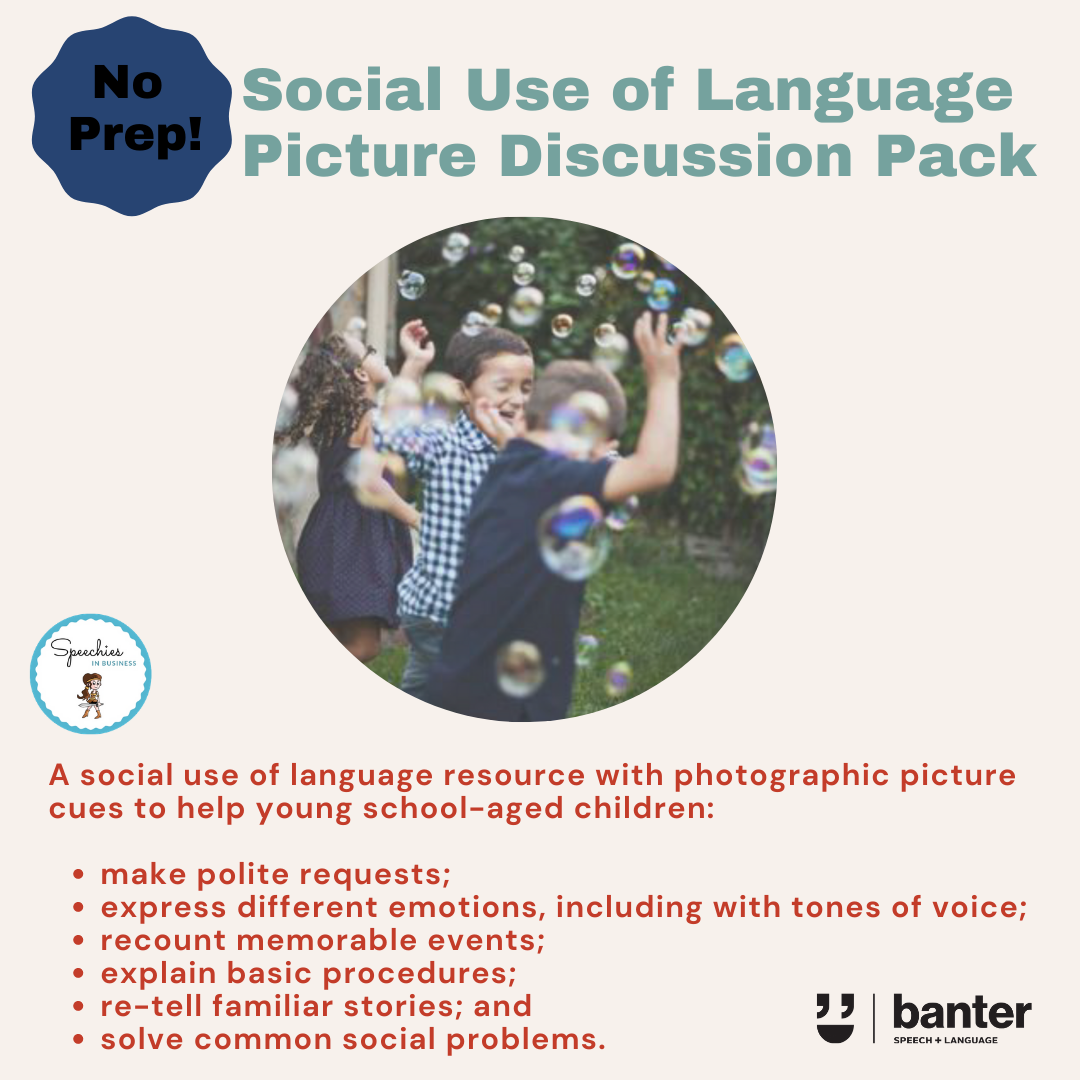




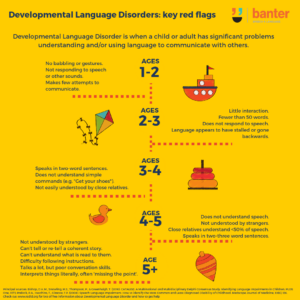
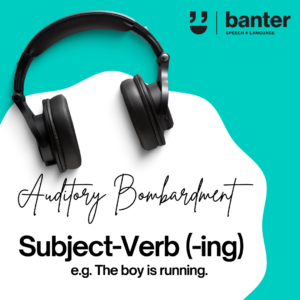
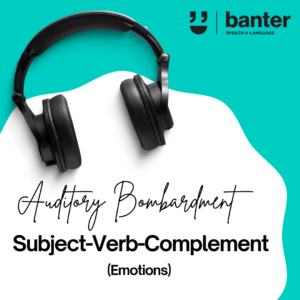
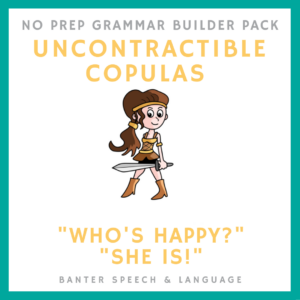
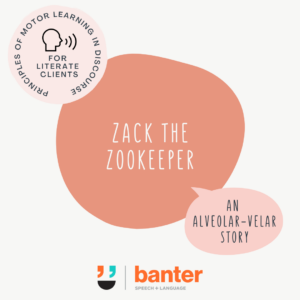 (F508) Zack the Zookeeper: An Alveolar-Velar Story
(F508) Zack the Zookeeper: An Alveolar-Velar Story 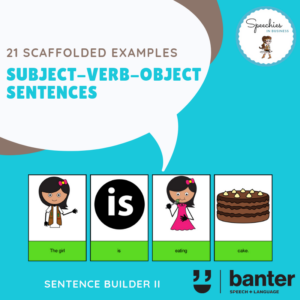 (L119) Subject-Verb-Object (SVO) Sentence Builders
(L119) Subject-Verb-Object (SVO) Sentence Builders 